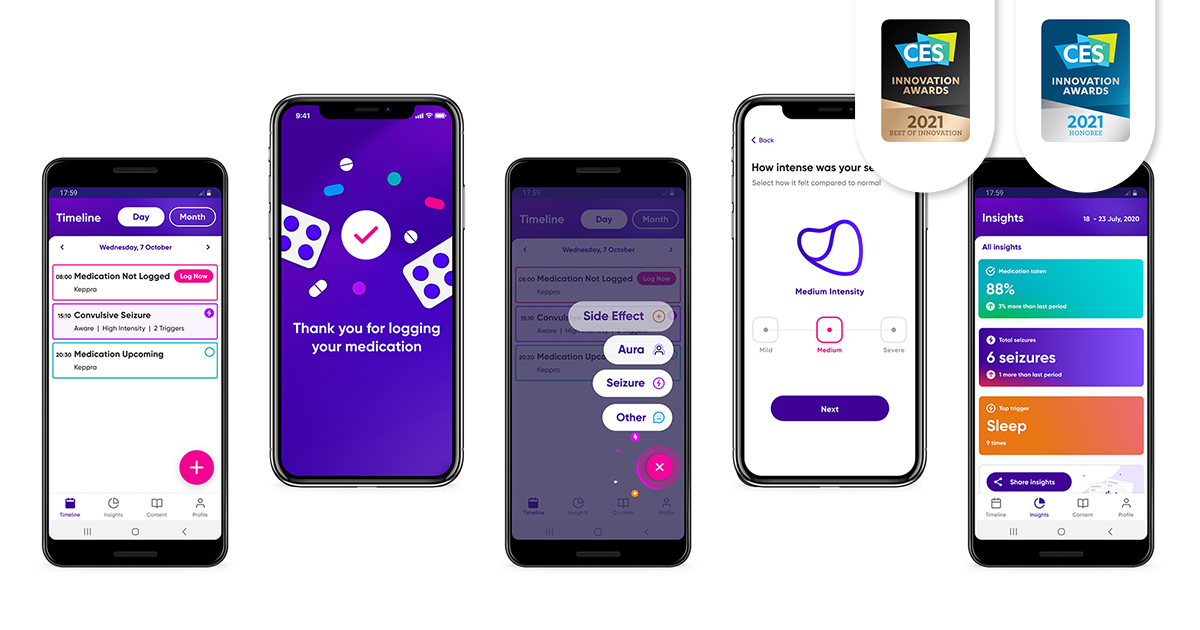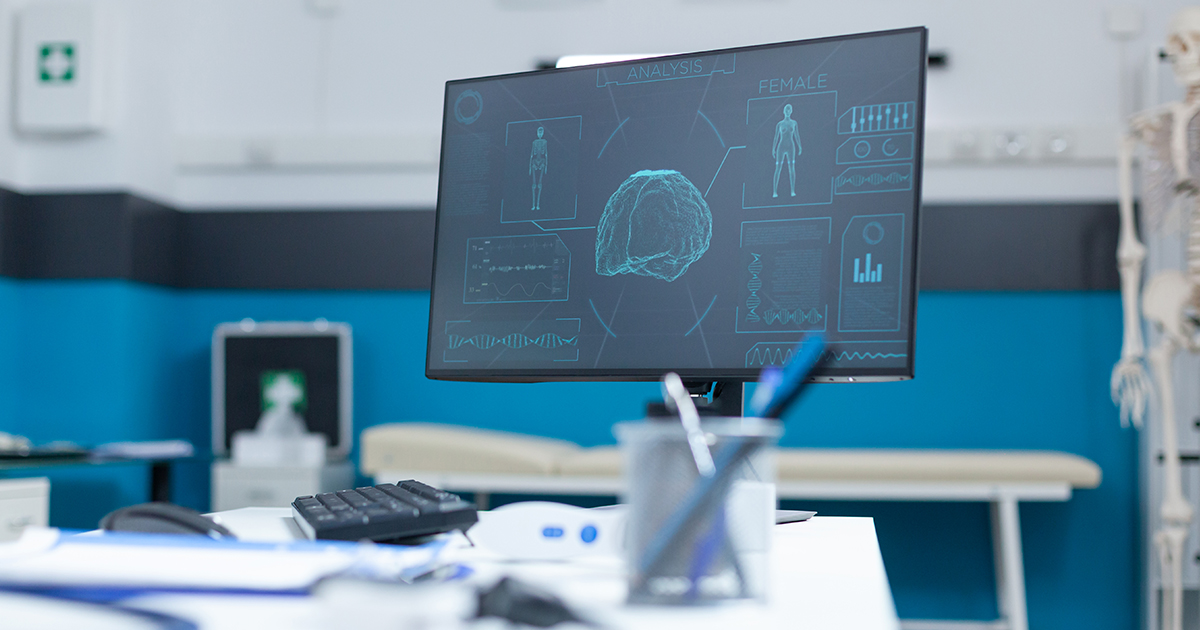New research showed machine learning-based risk models indicating vital signs, lab test results, and age as factors associated with severe cases of COVID-19.
Magazine Scientific Reports of Nature, published the article “Risk factors for severe COVID-19 differ by age in hospitalized adults,” which used machine learning-based risk models to find that vital signs, lab test results, and age , were correlated with the level of complication of the COVID-19 infection.
The study analyzed data from 6,906 adults who were hospitalized for COVID-19, in five US states. In this sense, they developed risk models to predict the use of mechanical ventilation or the death of the patient between the first day and the 56th day of hospitalization.
In total, five machine learning models were trained for the study for a population of all ages and for two other subpopulations of different ages, 18 years or older and older than 50 years. Furthermore, risk models were trained using readily available clinical data.
In this way, the reference data available one hour after the admission of adult patients to the hospital, as well as the first positive test for COVID-19, were used, which were vital for the prediction of critical illnesses between the first day and 56 days later, as mentioned above.

“The models revealed differences in the statistical significance and relative predictive value of risk factors between older and younger patients, including age, BMI, vital signs, and laboratory results,” the study explained.
Likewise, variables such as gender and chronic comorbidities in hospitalized patients had a lower predictive value for the models than variables such as vital signs and laboratory results.
Another key finding of the research was that vital signs and laboratory results at admission were more important for prediction than the presence of comorbidities. Similarly, age-stratified models showed that the importance of the risk factor differs between young adults and older adults.
You can read the full investigation at the following link:






